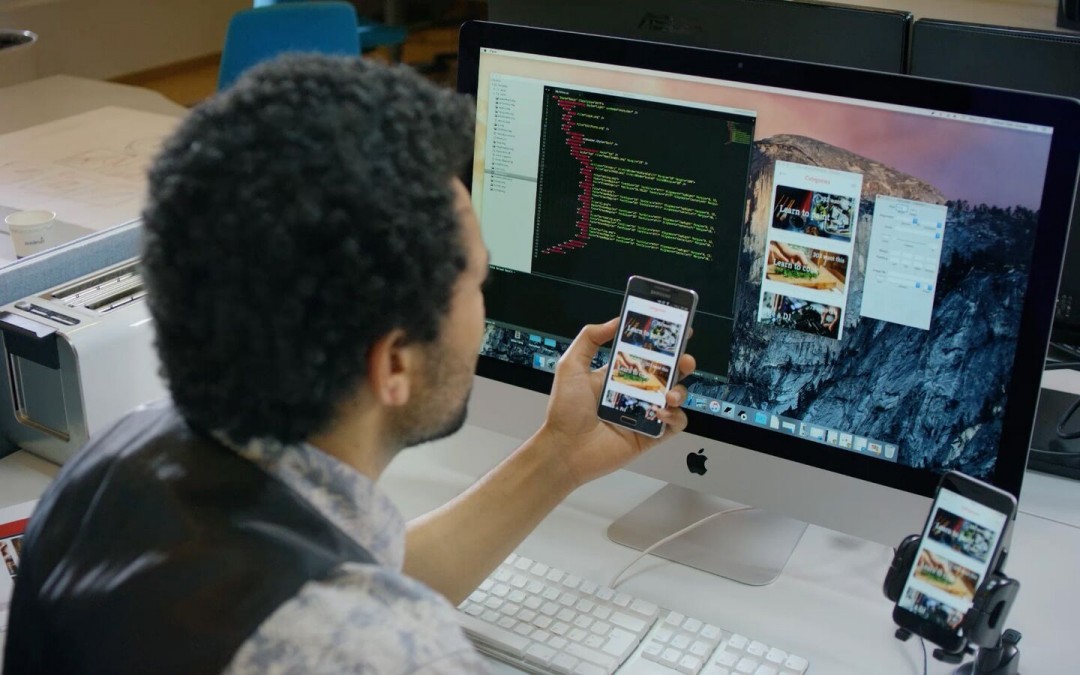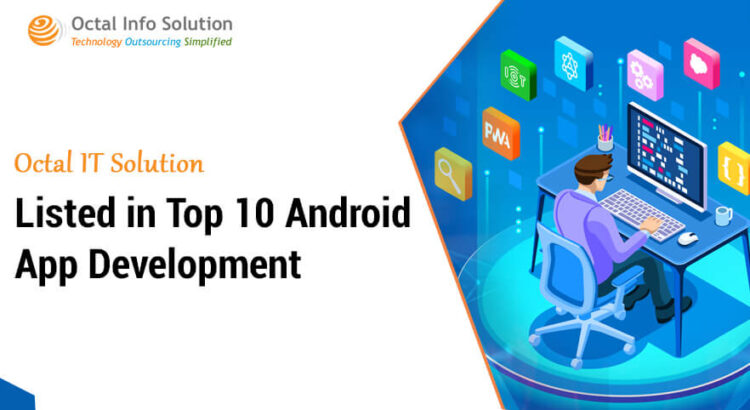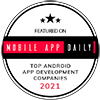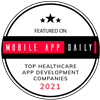Testing is a key part of any project to build a mobile application or other software product. It can show imperfections that the developer had no idea about or design elements that are not needed but at the same time burden the system. Testing interactive prototypes even before the application is built is becoming a regularity, for the simple reason that it is a hundred times more expensive to change the program code of one functionality than a prototype.
There are great and highly effective software testing tools, but the importance of combining them with tests involving real users should never be underestimated. Ultimately, mobile applications are designed for people, and this type of testing provides valuable data on how they use applications and what attracts and engages them.
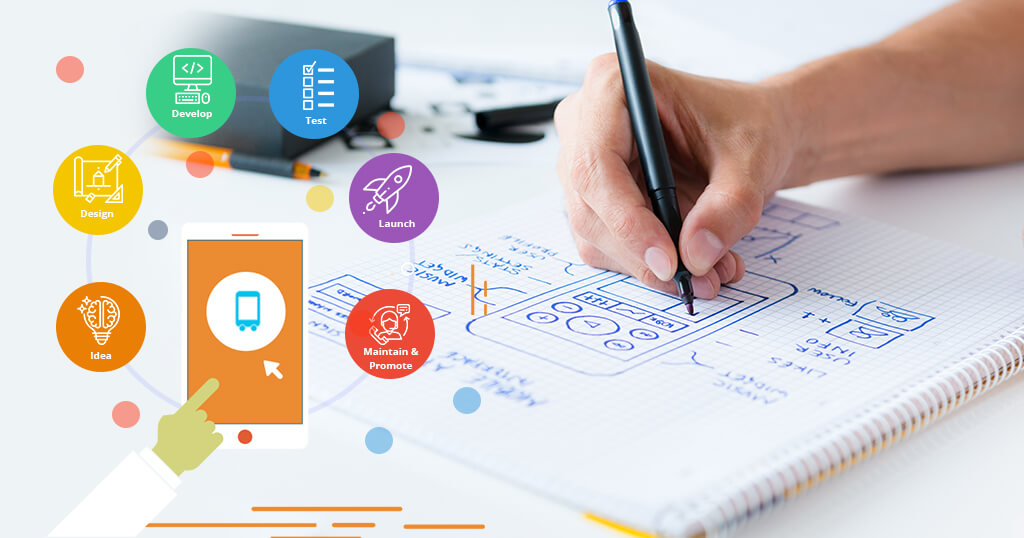
Most developers use moderated tests and A / B tests for the user experience, but there are also non-standard methods that have huge potential, although they are still in their infancy. A more creative approach to testing interactive prototypes of mobile applications can save a lot of time and money. Here are 6 ways.
Participation in the design
If a user-centered approach is used in the development of a mobile application, they can participate in the project during the construction of the conceptual design, working together with the team of developers. Instead of putting designers in the place of consumers, the opposite is happening. Of course, the use of this method requires good organization, as well as attracting users with the characteristics of the target audience of the client.
Testing in a real environment
A decade ago, it was logical to test software products with real users in a “sterile” office environment, but with the advent of smart devices, the way people use the software now “has legs and can go out“. Mobile applications are most often used outside the office or home. Then, why don’t the tests with real users take place outside?
An interesting example is a mobile application for sharing files between different devices, whose developers tested it in a bar with users who were “more relaxed”. The test showed several important imperfections due to assumptions about the amount of mental energy that users were willing to invest in learning the application and how it is used.
The idea here is for developers and users testing the application to be placed in real conditions, where a variety of factors affect the way of use and the overall experience of the application. This can bring extremely useful information through which the application becomes amazing.
Low-precision testing of prototypes by users
Interactive prototypes have really revolutionized real-world testing, but what about testing static ones with lower precision? Concerns are that users may not be efficient enough at this stage of conceptual design, but there are already software tools that present this type of prototype to people in a more understandable and accessible way. User tests at this early stage can identify potential navigation issues or UI elements that would interfere with the intuitive use of the application. This allows the creation of low-precision prototypes that clearly show the user’s path and realistic navigation models.
This principle can also be applied when making aesthetic changes in the design of an existing application. Testing these changes with low-precision prototype users will help testers focus on the basic elements rather than minor details.
In general, the prototypes allow testing with real users at different stages of the conceptual design process, which increases the efficiency of the tests without increasing the budget and without delaying the schedule.
Deeper analysis of more options
Instead of consumers choosing between two options, the idea is to compare more alternatives in more detail to study people’s reactions and emotions. Usually, the methodology includes the evaluation and comparison of 3 different prototypes. The questions from the survey that the users fill in should be comprehensive, but not in certain desired directions. For example, one might ask what, according to testers, distinguishes one of the three prototypes and why it is important. The goal is to make the questions more specific so that developers can reach the solution they are looking for. Unexpected test results in many cases provide the basis for finding the best solution.
The users themselves create the tests
The data about the activity of the users of a mobile application, the direct feedback from them and what they share in social networks and forums are extremely valuable for its optimization and development. All of this information can be used to create more accurate tests when developing new functionality or service to add. Various options can even be given to allow users to customize their application experience and then use the collected data for upgrades and further development.
Questionnaires with reactions
The method in which questionnaires with adjectives written on them are used to understand the deepest emotions and desires of consumers is not new, but it is extremely effective. After users have “played” with the prototype of the mobile application, they are given a list of 118 adjectives, of which they are asked to choose 3 or 5 and explain their choice. This method can help to refine the intangible aspects of the design of the user experience, such as pleasure and desire for more, for example, to achieve even greater impact and engagement.
Conclusion:
Testing mobile applications with real users is becoming increasingly important for their success. Enriching the approach with more non-standard methods and techniques allows to gain valuable insights beyond the basic ones related to the usefulness of applications. As a result, applications are developed with which users build a connection and use it actively in the short and long term.
If you want a mobile application that is an effective channel for marketing and communication with the customers of your business, contact our team by making an inquiry.


